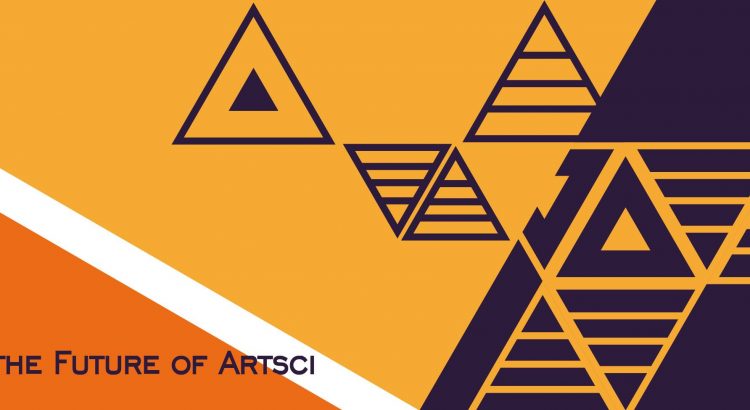13-25 May 2016, Medialab Prado.
With speakers: Juan Bordes, Sara San Gregorio, Virginia Navarro and Mara Sánchez.
Desde el próximo jueves 19.05 hasta el sábado 21.05 se desarrollarán unas jornadas sobre diseño, fabricación y experimentación de juegos y juguetes de construcción. Conferencias, dinámicas de experimentación con juguetes creados bajo licencias libres, debates y talleres familiares, intercambiaremos experiencias lúdicas y educativas con público infantil, educadores, diseñadores, psicólogos y con cualquier persona interesada en asistir y participar.
Mara Sánchez Llorens participará con la conferencia «Juguetes y juegos de Lina Bo Bardi » (19.05.2016 a las 13:00 horas)





